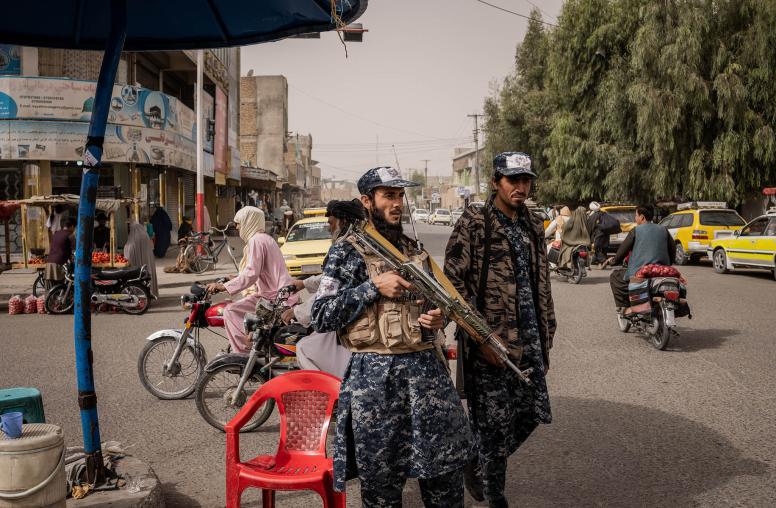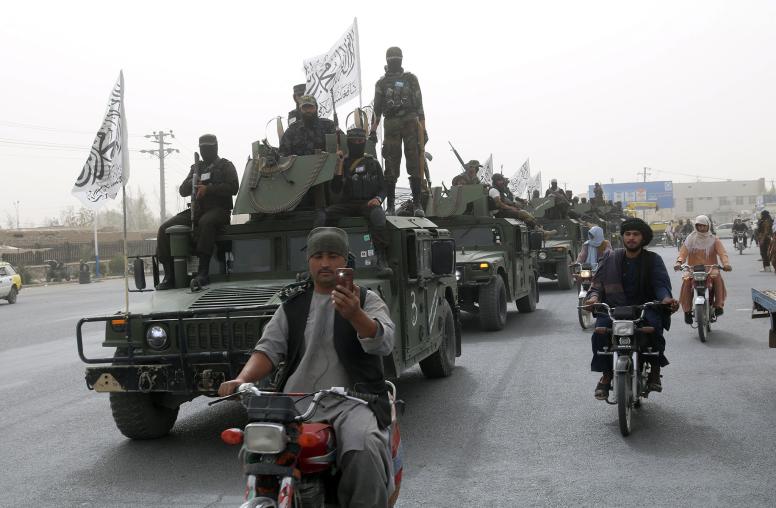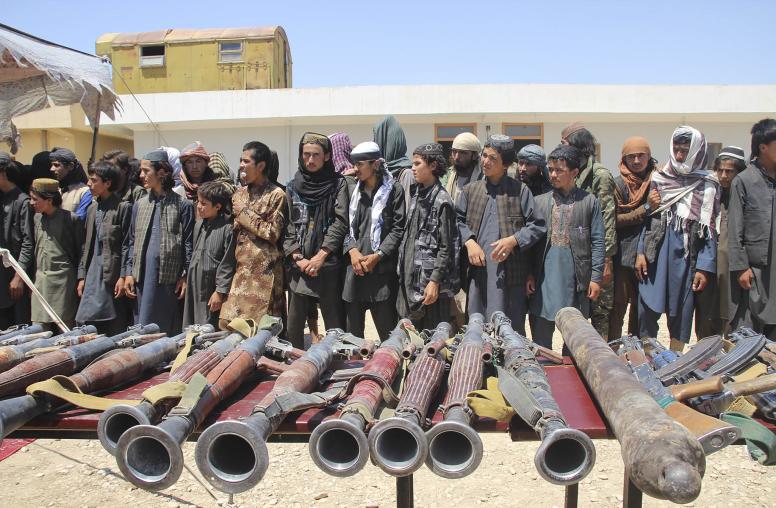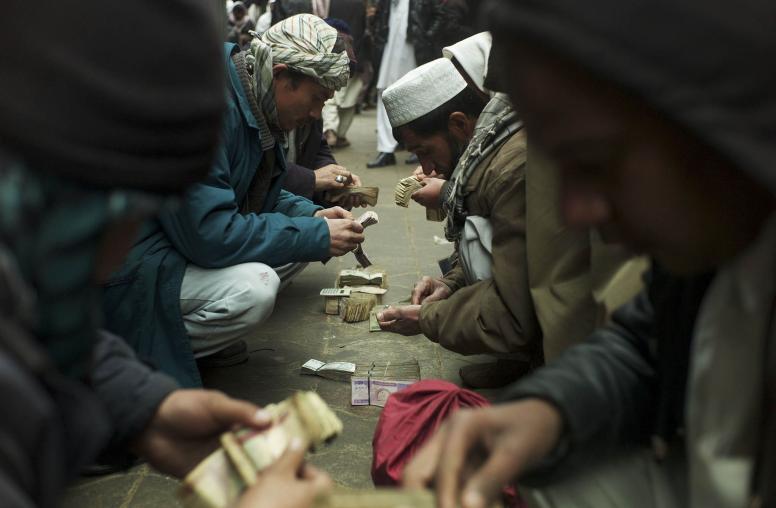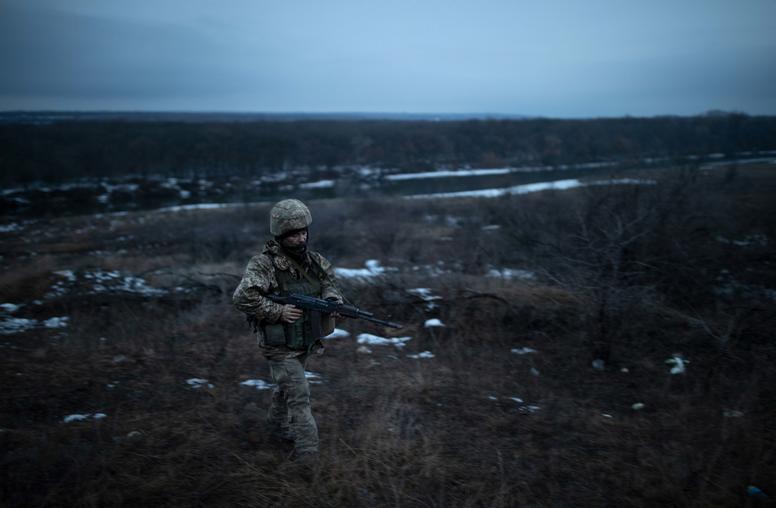Ukraine War Fallout Will Damage Fragile States and the Poor
Global shocks will worsen poverty, hunger and potentially exacerbate political instability, conflict.
The world is gripped by the Russian invasion of Ukraine — already the most destructive European conventional military conflict since World War II. The damage being done most tragically to Ukraine, indirectly to Europe (not least the burden of refugee inflows) and to Russia (including as a result of crushing sanctions) is only too obvious. But the repercussions will be wider — for the global economy more generally and disproportionately for poorer countries, especially those affected by conflict and state fragility.
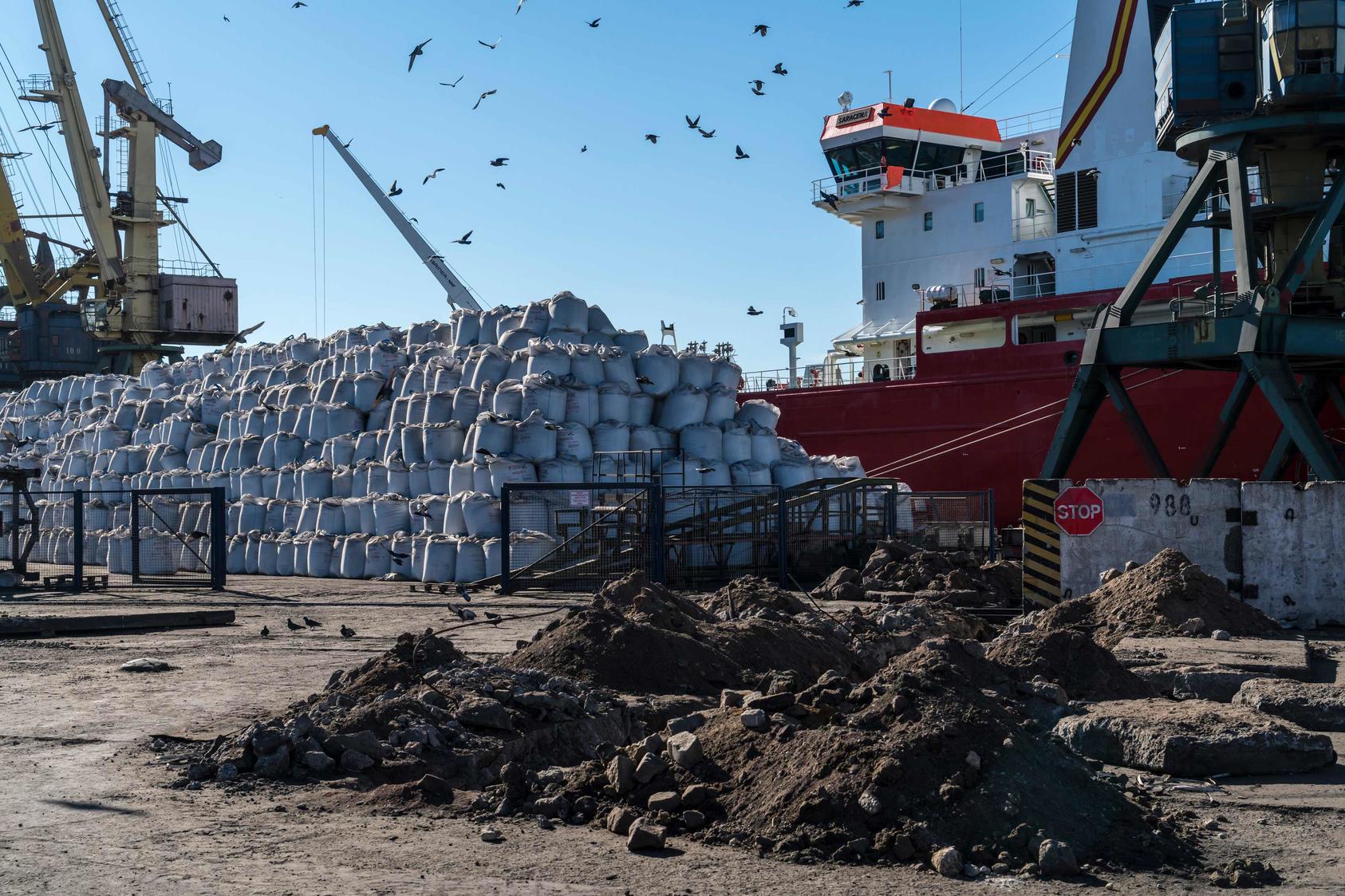
The worldwide economic damage will be severe, and the effects will persist long after the fighting ends. The main shocks include (1) food, especially wheat, supply shocks and price increases; (2) oil and gas shortfalls with higher prices; (3) broader inflation, higher interest rates, lower capital inflows and collapse of remittances from Russia; and (4) the risk that aid needed for other countries gets diverted to meet Ukraine’s enormous humanitarian requirements.
Wheat Shortfalls and Food Price Hikes
The most severe effects of the war on the global poor will stem from food supplies and prices. Ukraine and Russia are the fifth-largest and largest wheat exporters in the world, respectively, supplying close to a third of international trade in this critical food commodity. Ukraine will have much lower wheat exports due to a smaller harvest, war-related destruction, supply chain bottlenecks, and not least fighting and blockages at the country’s ports. Russian wheat exports also will decline, reflecting transport bottlenecks in the Black Sea, financial restrictions (though food exports are not specifically sanctioned) and foreign agricultural companies leaving Russia. Moreover, Russia announced it will continue to suspend exports of grain and sugar to other members of its trading bloc, harming Central Asian countries. Global wheat prices — already some 50% higher than the previous five-year average — have further spiked with the war.
The problem is wider than wheat. Russia and Ukraine export about one-eighth of total calories traded internationally, including a whole range of staple crops from corn and barley to sunflower seeds. Russia is a large exporter of fertilizer ingredients and declines in such exports will harm agricultural production in the importing countries. Higher wheat prices will stimulate price rises for other foodstuffs whose supplies are not directly affected by the war but can substitute for wheat in people’s diets. The U.N. Food and Agriculture Organization’s global food price index reached an all-time high in February and can only be expected to continue to rise as the Ukraine war’s impacts play out.
Food comprises a high share in the consumption expenditures of poor households — on the order of 40% or more — so large food price increases will be devastating for them at the micro-level and for poor countries at the macro-level. In Afghanistan, for example, which has been suffering from a drought and where 20-40% of wheat consumed is imported, food prices have already risen by 40% since the Taliban takeover and are expected to increase further with the war in Ukraine. A recent survey indicated that even before the Ukraine war, 70% of Afghan households could not meet their basic needs, 37% did not have enough money even for food, 85% had shifted to lower-quality and less expensive food, and nearly half of households had reduced their number of meals per day.
Middle Eastern countries are directly vulnerable to declining Russian and Ukrainian food exports. Egypt imports more than half of its wheat consumption mostly from Russia and Ukraine. Lebanon relies on Ukraine and Russia for more than 90% of its grain and has only a month’s supply of grain in storage (the Beirut harbor explosion in 2020 destroyed grain silos); Syria imports two-thirds of its food consumption (most wheat from Russia); and Yemen imports 40% of its wheat from the two countries.
African countries, too, will be badly harmed by global food supply shortages and price increases. Wheat imports account for the bulk of Africa’s trade with Russia and nearly half of trade with Ukraine. And food imports from other countries will become more expensive with higher global food prices.
Food prices are subsidized in many countries, so higher global prices will translate into larger, unaffordable budget deficits unless domestic prices are raised. But food prices are a political flashpoint in countries like Egypt, where the subsidized bread price has not been raised since 1989 and now covers less than a tenth of its cost, requiring a fiscal subsidy of $3 billion per year. This burden will go up unless the domestic price is raised, but past experience in Egypt and elsewhere indicates that large price increases would trigger unrest.
Energy Shock
With the Russian invasion of Ukraine, already-rising oil prices have become even more volatile, and natural gas prices in Europe have multiplied several times. Russia accounts for a quarter of international trade in natural gas, 18% for coal and 11% for crude oil. So far, Russian oil and gas exports have not been stopped by sanctions (except the small amount going to the United States), but financial sanctions may constrain them, and energy supply routes will be disrupted and become longer.
While there will be hardships for high-income countries, and Europe’s huge dependence on Russian natural gas means that cuts in gas supply would wreak havoc on European economies, poor countries and households will suffer the most. Afghanistan, for example, imports virtually all the fuel it consumes, and an oil price at just the current level of $100 per barrel will increase the country’s import bill by some $200 million compared to previous years. Other energy importing low-income countries will be similarly affected, and the poor worldwide, for whom energy like food is an important part of their household budgets, will suffer.
Inflation, Higher Interest Rates, Lower Capital Inflows, Collapse of Remittances from Russia
Following the COVID-19 pandemic, the supply chain issues in its aftermath and high demand as the world’s economy recovers, the Ukraine war “is a major blow to the world economy that will hurt growth and raise prices,” according to the International Monetary Fund (IMF). Supply chain issues will be aggravated and costs will rise as commercial aviation routes and goods flows reorient to avoid passing through Russia.
The response of many countries to inflation — raising interest rates — will further squeeze highly indebted countries, individuals and businesses by increasing their borrowing costs. Broader inflation will badly affect poorer households globally, who are concentrated in fragile and conflict-affected states.
Russian capital flows are being collapsed by sanctions, but the turmoil in global markets may also squeeze capital inflows to poor countries and emerging markets more generally, further dampening economic growth and exacerbating fragility.
The Russian ruble has already depreciated by around 50% and, though fluctuating, is likely to further decline, sparking hyperinflation. Countries whose currencies tend to rise and fall with the Russian ruble, most notably some of the Central Asian countries, will also suffer from higher inflation as their currencies depreciate, even if by less than the ruble.
The economic downturn in Russia will also damage Central Asian countries by reducing the remittances which have shored up their economies. In 2020, the Kyrgyz Republic received remittances equivalent to 27% of GDP (83% of them from Russia), Tajikistan 31% of GDP (58% from Russia) and Uzbekistan 12% of GDP (55% from Russia). Remittances to these three countries, totaling close to $12 billion annually, are likely to decline sharply in 2022.
Less Aid for Other Countries
The enormous refugee flows and humanitarian needs emanating from the war in Ukraine create the risk that limited aid resources, especially funds in European countries which tend to be generous donors, will be diverted from other countries facing humanitarian crises, especially the eight countries with the largest U.N.-requested humanitarian aid requirements for 2022 — all of them well over $1 billion each: Afghanistan, Syria, Yemen, Ethiopia, Sudan, the Democratic Republic of Congo, South Sudan and Somalia.
Afghanistan is a quintessential example, where in January the $4.4 billion Humanitarian Response Plan for 2022 (plus $600 million to support Afghans outside the country) was billed as the largest humanitarian aid request in the world, only to be supplanted by Ukraine within two months. There is a serious risk the Afghanistan aid request will be so grossly undersubscribed at the upcoming March 31 donor meeting that many Afghans will suffer from hunger, malnutrition and associated health problems and some may starve. Other fragile and conflict-affected low-income countries risk facing similar funding constraints.
A Long Road Ahead
These major shocks would be very difficult for any country to manage, but fragile states lack the resources, institutions, capacities, political capital and often the will to respond effectively even to smaller shocks. According to the World Bank, 23 countries around the world, with a total population of 850 million, are affected by high- or medium-intensity conflicts. Another 17 countries, though not at war, suffer from high institutional and social fragility. Food and fuel price increases and other fallout from the war in Ukraine will sharply increase the stresses on fragile states and could threaten political stability and precipitate or exacerbate conflict in some of them.
Ending the war in Ukraine, hopefully sooner rather than later, will be essential to limit — and begin to unwind — the damage to the global poor and to fragile and conflict-affected states. But that will be just the first step. Recovery of food production and exports in Ukraine, as well as in Russia, will take time. World energy markets will continue to be volatile, with bigger import bills for importers. Massive post-conflict reconstruction needs in Ukraine may drag down funding for fragile states. And unwinding sanctions and subsequent global economic recovery may take many years.
Even while increasing their support to Ukraine and Ukrainian refugees, donors must not divert existing aid away from fragile and conflict-affected states or poor countries more generally, especially because the cost-per-ton of food aid, as well as other aid delivery costs, will be rising. The IMF may need to consider injecting a second dose of liquidity in the form of additional Special Drawing Rights (SDRs) to partly offset the economic damage from the war and ease these countries’ painful macroeconomic adjustment, following its global injection of SDRs in response to the COVID-19 pandemic and its provision of further debt service relief to 24 low-income countries last year. The World Bank, while understandably focused on the direct impacts of the Ukraine war, must not divert attention and resources from poorer, fragile and conflict-affected states in the developing world. Regional development banks in other parts of the world, which do not provide funding to Ukraine, should increase their aid to vulnerable countries. And, finally, a holistic approach to dealing with the problems of state fragility and poverty around the world is now more important than ever, including not least preventing, mitigating and resolving violent conflicts.
